Mount Washington house with cutting-edge green technologies
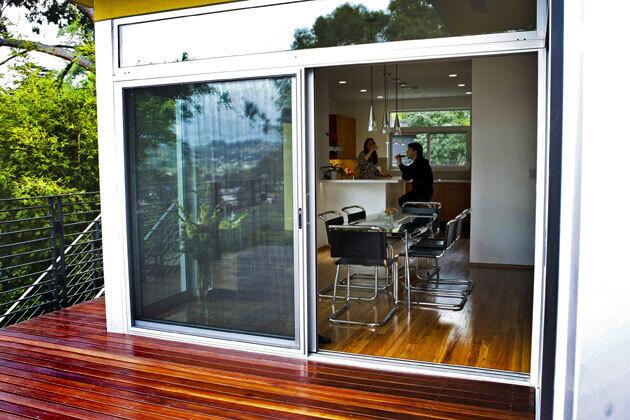
Designer Grit Leipert and architect Frank Pasker relax in the kitchen of their new three-story
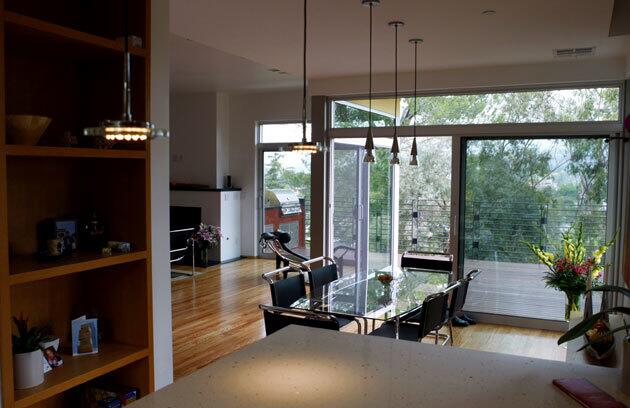
A view from the kitchen. (Allen J. Schaben / Los Angeles Times)
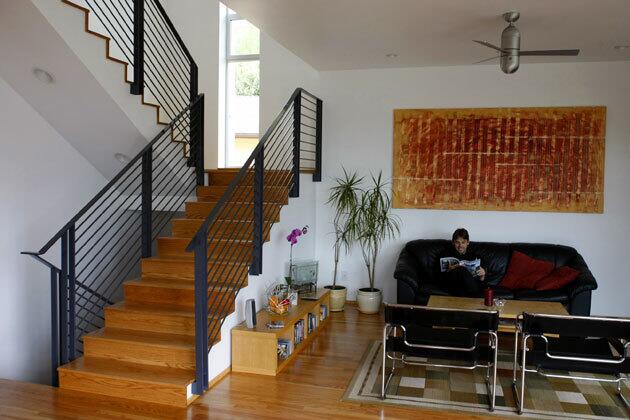
Frank Pasker relaxes in the living room, where Marcel Breuer’s Wassily chairs hint to the couple’s love of classic German modernism. (Allen J. Schaben / Los Angeles Times)
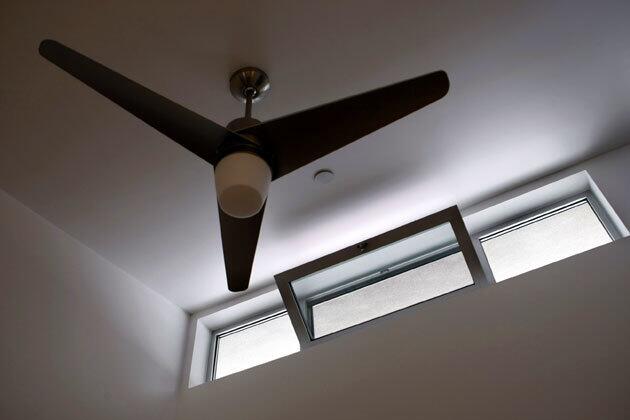
Though the house is equipped with air conditioning, abundant windows and ceiling fans cool the rooms without it. A central stairway was designed to allow hot air to rise and exit through top-floor windows, drawing in cool air from bottom-floor windows and creating natural ventilation throughout the house. (Allen J. Schaben / Los Angeles Times)
Advertisement
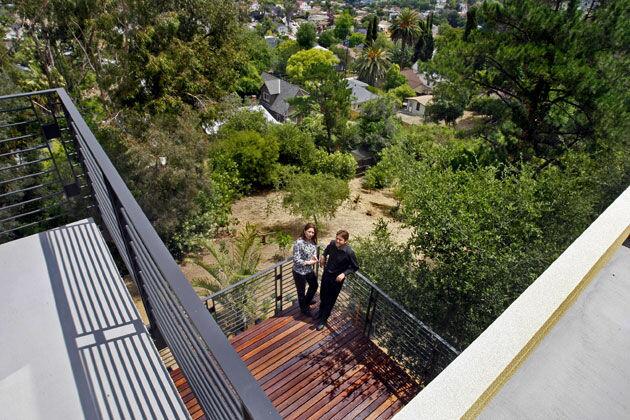
Leipert and Pasker can step out onto the second- or third-floor balconies and look down upon a small grove of fruit trees that are being fed with gray water, the waste water from their laundry machine, bathtub, showers and bathroom sinks. (Allen J. Schaben / Los Angeles Times)
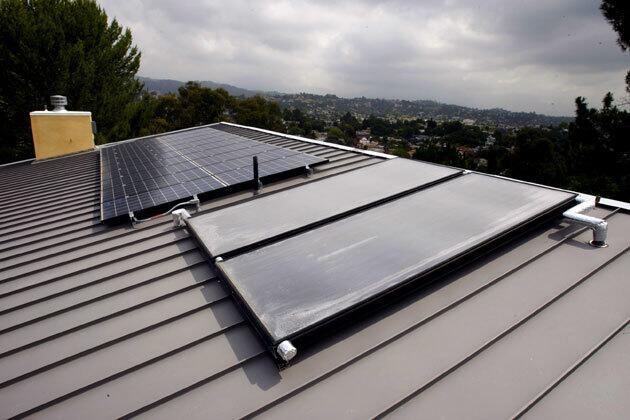
The metal roof has a reflective coating to keep interiors cool, solar water heating panels in the foreground and solar power panels beyond. (Allen J. Schaben / Los Angeles Times)

Laundry, bath and sink water flows into this tank in the garage. From there, the water travels to perforated underground pipes that feed plants. (Allen J. Schaben / Los Angeles Times)
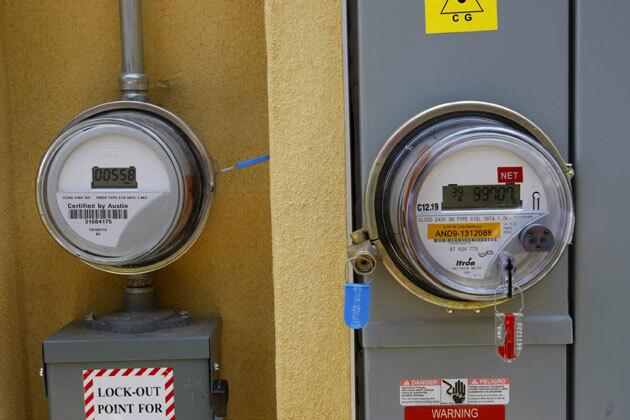
A solar array meter, left, shows how much electricity is being generated by the rooftop panels. The meter on the right shows the total energy use/generation. (Allen J. Schaben / Los Angeles Times)
Advertisement
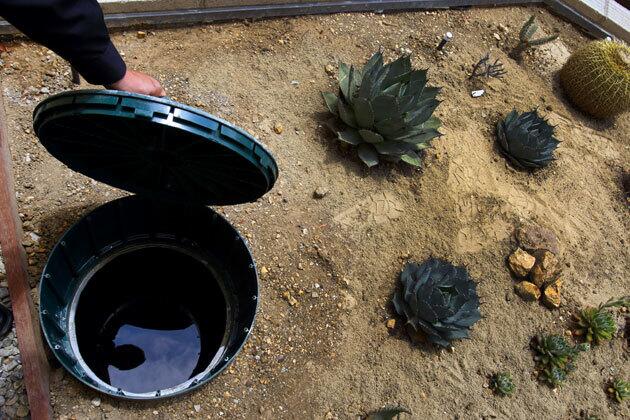
Pasker opens his 1,500-gallon cistern, which holds captured rainwater for plant watering. (Allen J. Schaben / Los Angeles Times)

Pasker connects a hose to a spigot for his 1,500-gallon cistern. The rainwater can be used to irrigate plants not covered by the gray water system. (Allen J. Schaben / Los Angeles Times)
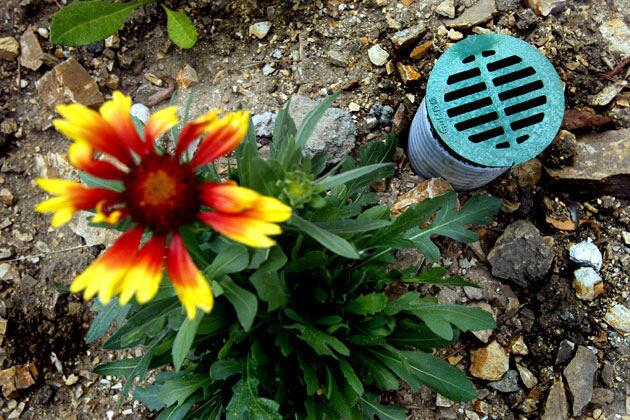
In the event of a clog, a clean-out drain can provide access to the underground pipes carrying gray water. (Allen J. Schaben / Los Angeles Times)
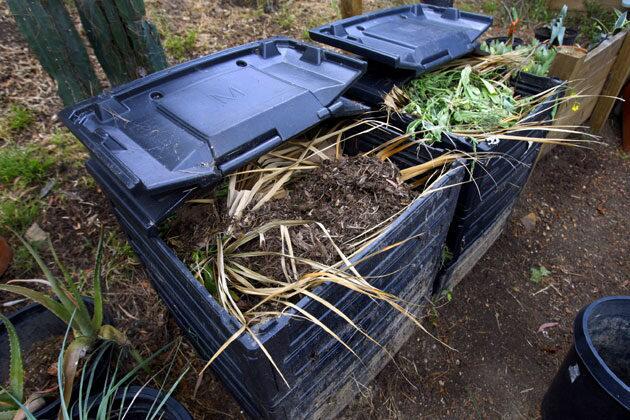
The composting bins. (Allen J. Schaben / Los Angeles Times)
Advertisement
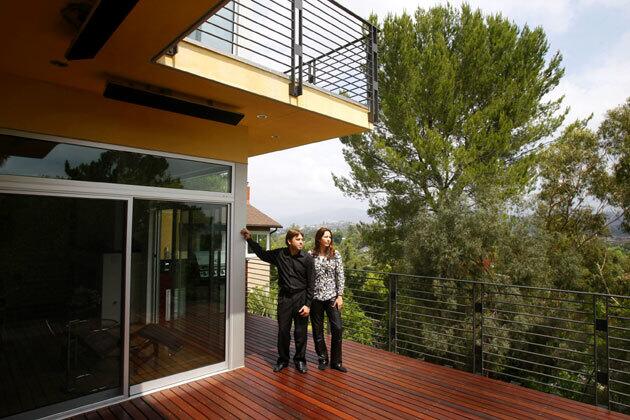
Leipert and Pasker on the deck of their Mount Washington home. (Allen J. Schaben / Los Angeles Times)
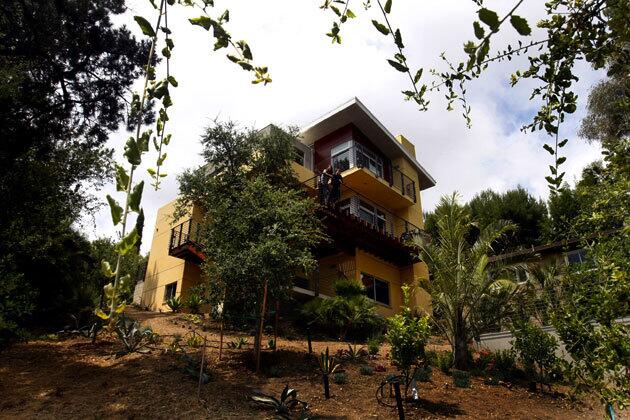
Single-family homes in L.A. use an average of 280 gallons of water each day, according to the Department of Water and Power; 151 of those gallons go toward the yard. By using gray water and rain water for their outdoor needs, Pasker and Leipert expect to reduce their home’s use of city water by 50%.”I’m confident in the future what we’re doing here will be a lot more common,” Pasker said. “Ten years from now, everybody will have it. It’s going to go in this direction. I’m 100% sure.”
More profiles: Homes of the Times (Allen J. Schaben / Los Angeles Times)



